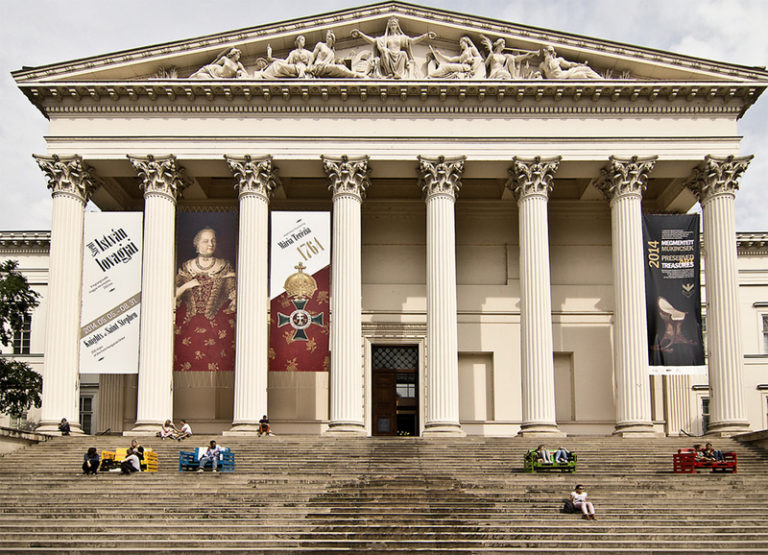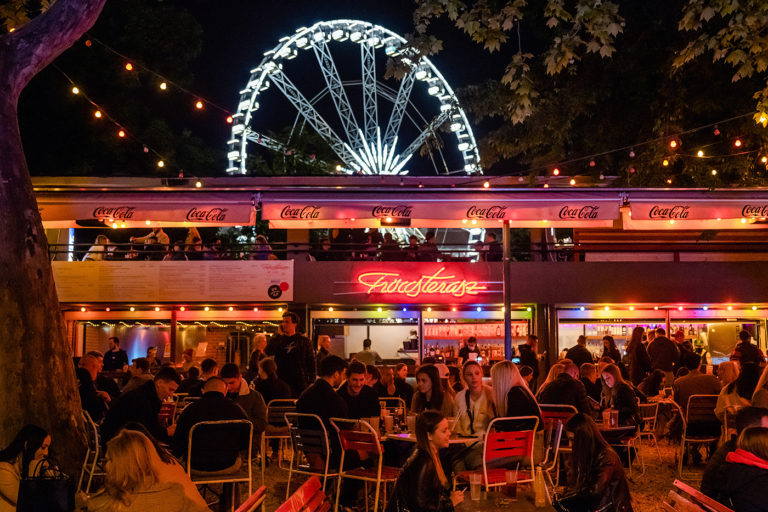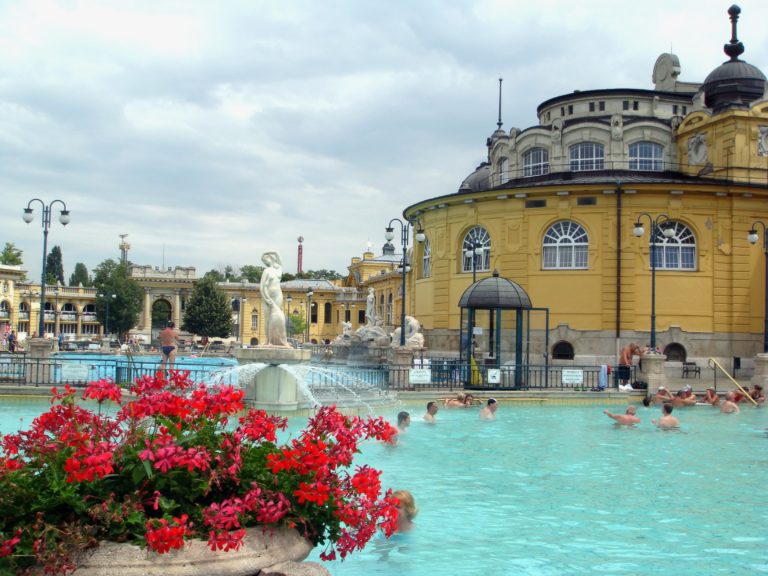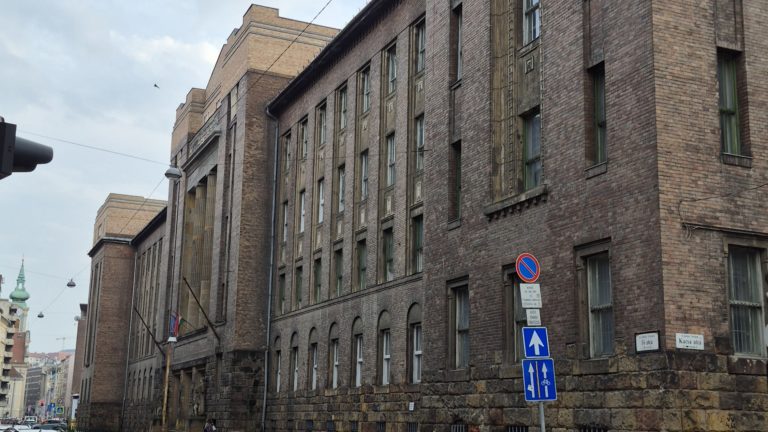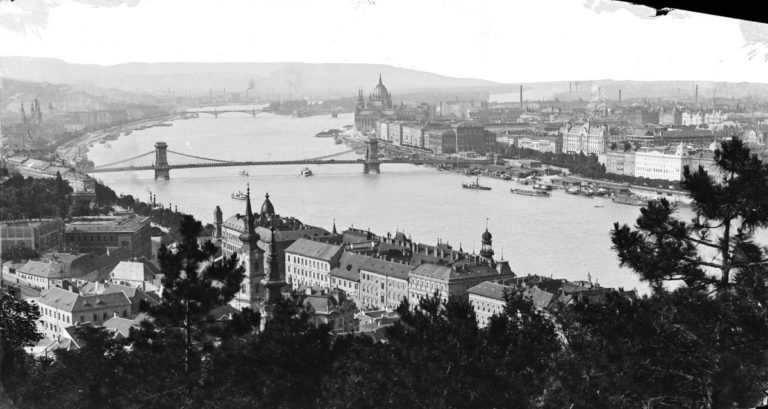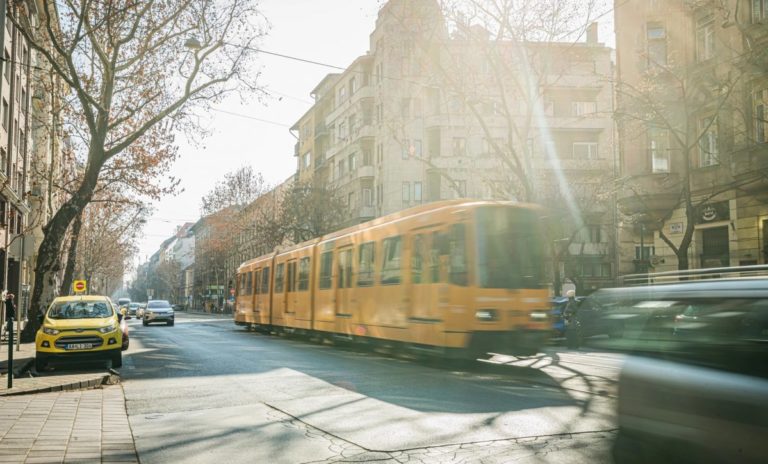The Hungarian National Museum, or Magyar Nemzeti Múzeum, stands as a key institution in the heart of Budapest, acting as the main repository of Hungarian history, art and archaeology. Its mission encompasses the presentation of the rich and complex history of Hungary and the Carpathian Basin from prehistoric times to the present day. Housed in an impressive neoclassical building, the museum not only houses a vast collection of artefacts, but also serves as a symbol of Hungarian national identity. The purpose of this article is to offer a detailed overview of this important museum, providing practical information for visitors and highlighting its profound cultural and historical significance. Practical Information for Visitors For those planning to explore the treasures housed in the Hungarian National Museum, practical information is essential to facilitate the visit. The exact address of the museum is Múzeum körút 14-16, 1088 Budapest, Hungary. Its central location in Budapest…
In Hungary, the act of drinking goes beyond the simple ingestion of alcohol: it is an expression of identity, a vehicle of hospitality and a tradition deeply rooted in everyday life. From family celebrations to informal conversations among friends, there is always a toast to be made and a story to be told. Traditional Hungarian spirits reflect centuries of history, terroir and creativity, and are an integral part of the country’s character. This liquid tour invites you to discover some of the most representative jewels of Hungarian culture: distillates with character, spirits with soul and wines with legend. More than a guide to what to drink, it is an invitation to understand how and why people drink in Hungary. Pálinka: The Distilled Fruity Essence of Hungary Pálinka occupies a place of honour at the heart of Hungarian culture and gastronomy, being considered a ‘Hungarikum’, a unique product of the country.…
Budapest, the Pearl of the Danube, is a city that pulses with rich history and vibrant culture, where the majestic river winds its way between grand monuments and picturesque streets. Beyond its architectural splendor and historical legacy, Budapest is also steeped in a fascinating tapestry of legends and folklore passed down through generations. These stories, often blending historical events with elements of popular imagination, not only serve as entertainment but also offer deep insights into the values, beliefs, and fears of Hungarian society over time. The Tongueless Lions of the Chain Bridge Among the many architectural marvels of Budapest, the Széchenyi Chain Bridge stands as one of the city’s most iconic landmarks. Opened in 1849, it was the first permanent bridge to connect Buda and Pest across the Danube River. While its historic and symbolic significance is well known, the bridge is also wrapped in a peculiar urban legend involving…
Budapest, the vibrant capital of Hungary, owes its existence to the 1873 unification of three distinct settlements: Buda, Pest, and Óbuda. This city, strategically located on the banks of the Danube, has served as a crucial crossroads of European history for centuries. Within this rich tapestry of historical development, the Jewish community has played an enduring and multifaceted role, leaving an indelible mark on the city’s identity, culture, and progress. From its earliest traces in Roman times to its vibrant presence today, the story of Jewish settlement in Budapest is one of resilience, contribution, and profound historical significance. This article aims to provide a concise yet comprehensive overview of this remarkable journey, highlighting the key periods, pivotal events, and lasting impact of the Jewish people on the life and character of Budapest. The Origin and History of the Jewish Quarter The Jewish presence in Budapest dates back to Roman times,…
When you walk through the bars and supermarkets of Budapest, it is easy to think that the main Hungarian beers have always been competing on the same ground. However, behind brands such as Dreher, Borsodi, Arany Ászok or Szalon Sör there is a history marked by tradition, innovation… and politically imposed divisions. Hungarian brewing has centuries-old roots, with a remarkable evolution from medieval home brews and monastic beers to the industrial boom of the 19th century, especially in the Kőbánya district of Budapest, considered the country’s brewing heartland. However, after World War II and during the communist era, the state restructured the beer market, assigning each brewery a specific geographical region, limiting competition and shaping local identities: Borsodi in the east, Soproni in the west, Dreher and Arany Ászok in the capital, and Szalon from Pécs in the southwest. This organisation left a lasting impression on the palate and consumer…
Known as the “City of Spas,” Budapest boasts a rich thermal bathing tradition dating back to Roman times. With its abundance of natural hot springs, the city is home to some of the most stunning and historic thermal baths in Europe. Whether you’re looking to unwind in grand neo-Baroque surroundings, experience traditional Turkish steam baths, or indulge in modern wellness treatments, Budapest offers a variety of thermal baths to suit every preference. In this guide, we explore the best places to soak, relax, and rejuvenate in the Hungarian capital. Széchenyi Thermal Bath: The Largest in Europe Széchenyi Thermal Bath is not only the most famous in Budapest but also the largest thermal bath complex in Europe. With 15 indoor pools and three expansive outdoor pools, it offers a truly immersive spa experience. The highlight of the complex is the grand outdoor thermal pool, which maintains a soothing temperature of 40°C…
In 2015 and 2014, the Danube River became the stage for one of Budapest’s most unusual and endearing competitions: the Kacsafutam, or ‘duck race’. Thousands of little rubber ducks navigate its waters in an event that combines fun, community and solidarity. Although at first glance it may seem like a mere curiosity attraction, the Kacsafutam has a much deeper purpose: to raise funds for various charitable causes. Origins and Global Context The origins of the Kacsafutam in Budapest are inspired by a global trend that has captivated audiences around the world since the 1990s. Rubber duck races, where thousands of these toys float down the river, have become popular fundraising events in cities from Ohio and Colorado in the United States to Australia, the United Kingdom and Singapore. These events have proved hugely successful, attracting large crowds and generating significant sums of money for charities. The idea behind the Budapest…
Budapest, for the first time visitor, reveals itself as an intriguing enigma from the very first moment. The majesty of the Danube, the elegant bridges linking Buda and Pest, everything is undeniably captivating. However, as we begin to explore, a curious duality emerges, a whisper of a not-so distant past that intertwines with the present. One senses it in the imposing architecture that suggests a Soviet influence, especially on the Buda bank, and then in the unexpected appearance of monuments dedicated to U.S. presidents. This initial contradiction awakens a desire to understand the history behind these seemingly disparate elements. The initial visual juxtaposition between the grandiose, possibly older architecture and the visitor’s perception of Soviet-style buildings generates immediate curiosity. Moreover, the presence of American monuments in a once-communist capital represents a significant and potentially startling contrast, immediately underscoring the city’s complex history and transition. Influence of communism in the architecture…
Budapest is a city that, over the centuries, has been able to emerge from countless conflicts and transformations. From its origins as a Roman settlement to its unification in 1873, the Hungarian capital has witnessed invasions, sieges and reconstruction processes that have forged a unique identity. This historical tour highlights the monuments that have survived wars and upheavals, and offers recommendations for visiting them, discovering the city’s resilience and rich cultural heritage. Historical Context From its Origins and the Roman Legacy The history of Budapest dates back to Roman times, when the settlement of Aquincum was founded on the territory now occupied by the city. This settlement became the nerve centre of the Roman province of Lower Pannonia, leaving a legacy in the urban organisation and archaeological remains that can still be seen in different parts of the city, such as the Aquincum Museum. The Roman presence marked the beginning…
Adjusting to a new city is an adventure full of excitement and challenges. Budapest, with its rich history, impressive architecture and vibrant culture, is no exception. To integrate smoothly, it is essential to know the practicalities, such as currency and transport, as well as understanding the city’s urban structure. This guide provides the basics to start adapting to a new city and tells a little of my personal experience of the 7 days I have been living in this beautiful city. Common Errors on Arrival Lack of prior information: Not knowing the local customs and rules of coexistence can lead to misunderstandings. For example, it is normal in Budapest and Hungary to greet people with a handshake, rather than with two kisses as is common in Spain or Portugal. In addition, it is not uncommon to make a mistake when using public transport. It is important to always validate your…

